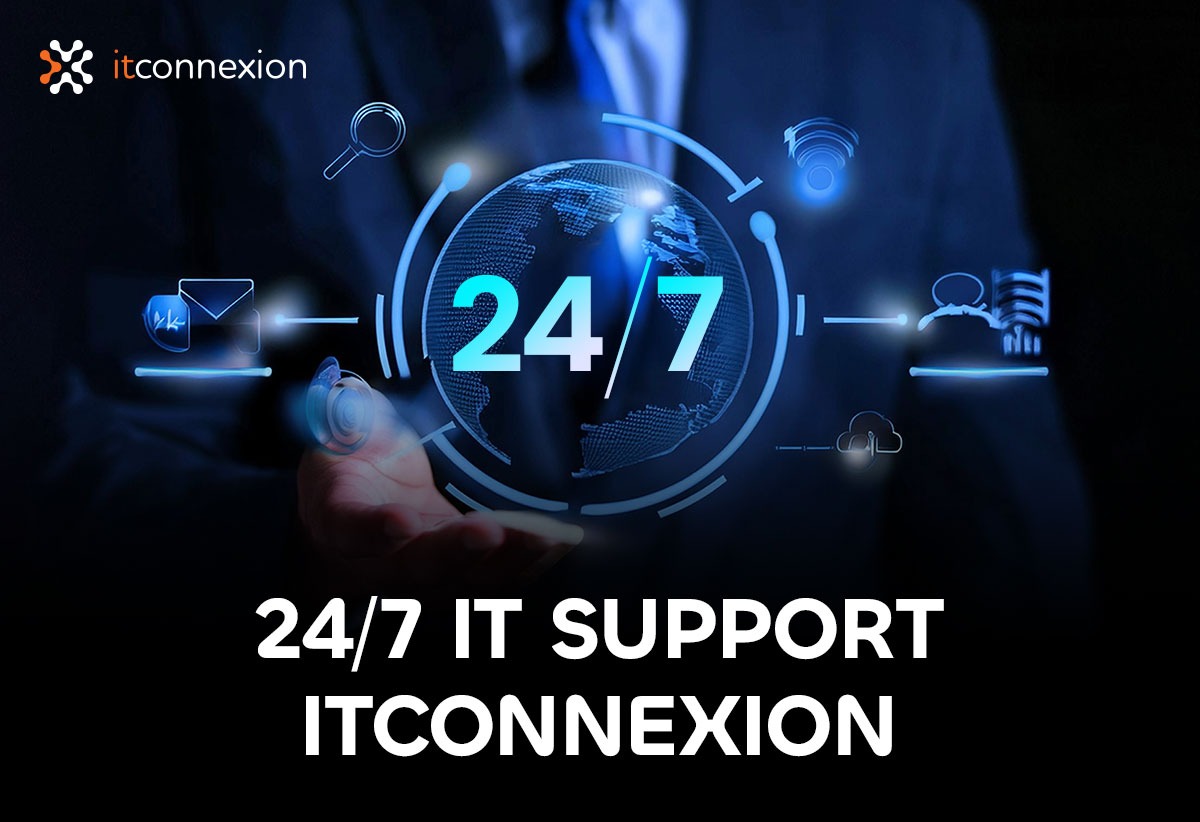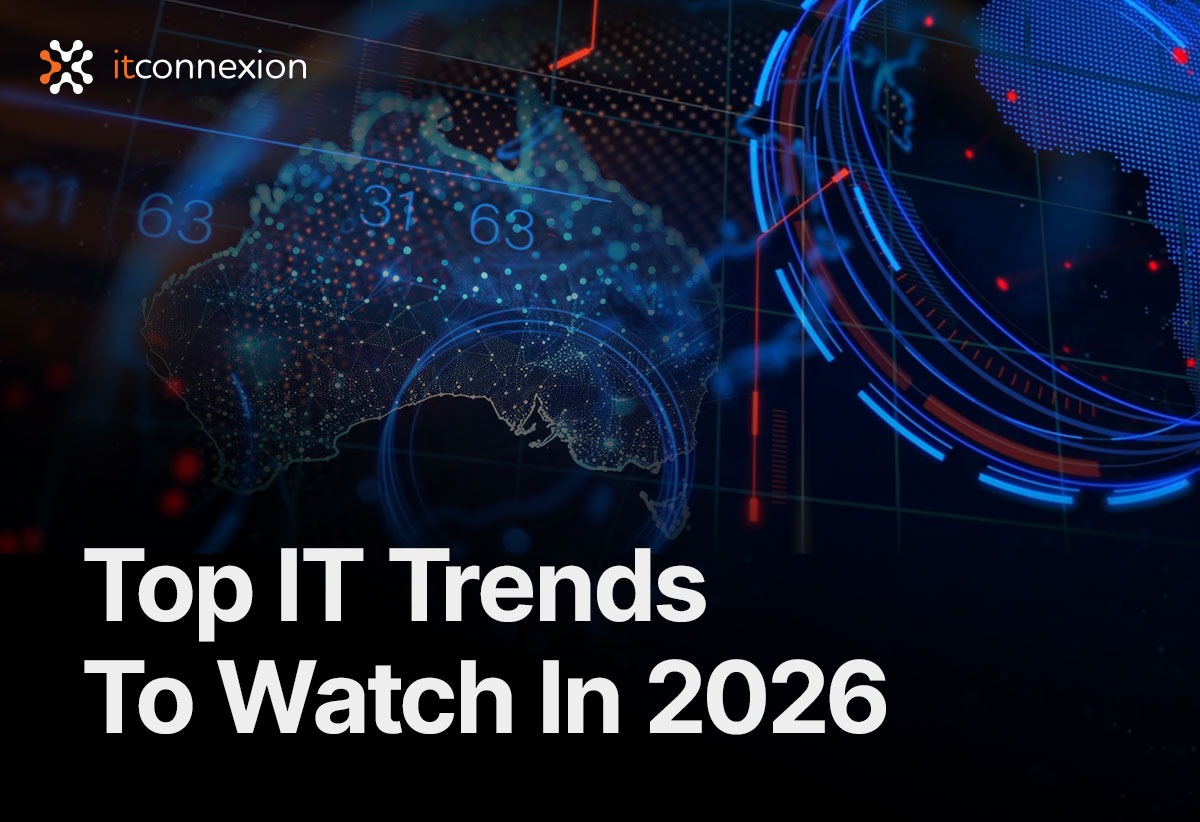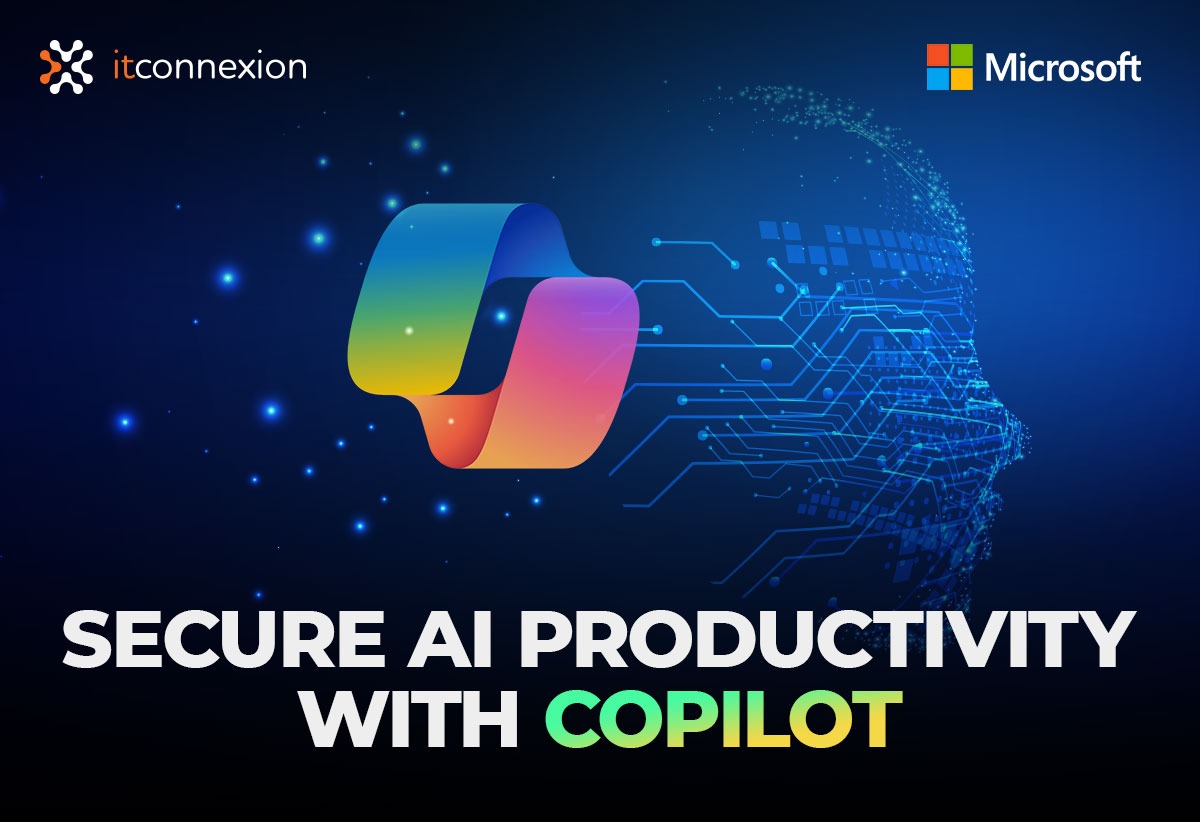Cyber security continues to evolve at an extraordinary pace.
Over the past year, Australian organisations have faced a wave of changes: The widespread use of AI, the expansion of hybrid work, and the growing sophistication of cyber threats.
As we move into 2026, security is no longer a back-office function. It has become a core element of business strategy, directly linked to continuity, compliance, and trust. For many SMEs and not-for-profits, the challenge is to balance security maturity with practicality: protecting people, data, and systems without creating unnecessary complexity.
Smarter Security for a Smarter Future
AI-Driven Defence
Artificial intelligence and automation are now central to cyber security operations. These technologies enable faster detection and response, freeing teams from repetitive monitoring tasks. For smaller organisations, AI-based tools such as Sophos’ AI-powered cyber defence platform can bridge the resource gap by providing enterprise-grade visibility at a manageable cost.
Cloud and Zero-Trust Adoption
Many Australian businesses are moving towards cloud-first strategies supported by zero-trust principles. This approach verifies every connection and user, regardless of location, and significantly reduces exposure to credential-based attacks. Solutions like the ThreatLocker Zero Trust empower organisations to strictly control access, allowing only what is necessary while blocking everything else. As cloud maturity grows, security frameworks are shifting from perimeter-focused to identity- and data-centric.
Security as a Business Enabler
Modern cyber security does more than prevent breaches. It builds trust with customers, donors, and regulators, allowing organisations to innovate and grow with confidence. A resilient environment also improves service delivery by reducing downtime and maintaining compliance. Proactive tools such as Azure Monitor Alerts empower businesses to detect and respond to incidents before they escalate, helping teams maintain reliability, transparency, and confidence across operations.
Key Challenges for 2026
Smarter and Faster Threats
Attackers are increasingly using AI to automate reconnaissance and personalise attacks. According to the Sophos 2025 threat report, ransomware comprised around 70% of incident response cases among small-business customers in 2024 and over 90% for midsized organisations. Phishing and ransomware campaigns are more convincing, harder to detect, and often target small organisations that lack dedicated security resources.
Complex Cloud and IoT Environments
Hybrid infrastructures have expanded the potential attack surface. Misconfigured cloud services, unpatched systems, and poorly secured IoT devices such as cameras or printers are common entry points. Managing these environments requires clear visibility and disciplined patching practices.
Evolving Privacy and Compliance Requirements
The upcoming reforms to Australia’s Privacy Act will place greater responsibility on organisations to manage and report data breaches. Maintaining compliance will require structured policies, regular reviews, and transparent reporting procedures.
Skills Shortages
The cyber security talent gap in Australia continues to widen. Many businesses struggle to recruit or retain experienced security professionals, which slows response times and increases reliance on external partners.
Uncontrolled Use of AI and Shadow IT
The rapid adoption of AI tools and unapproved applications has introduced new governance risks. According to SMBtech Australia, 44% of Australian firms encounter “shadow AI” at least once a month, and 38% operate without formal policies or access controls to manage AI usage. Without proper oversight, sensitive data may be shared or stored outside secure environments, undermining privacy and compliance efforts.
Building a Resilient Security Posture
Shift the Focus to Resilience
The goal is no longer to stop every attack, but to detect and recover quickly when incidents occur. A resilient organisation can continue operating even under pressure. Businesses can strengthen their recovery strategies with managed IT security solutions that provide proactive monitoring, incident response, and continuity support tailored to their size and risk profile.
Strengthen Core Defences
Foundational controls remain essential. Multi-factor authentication, zero-trust frameworks, continuous vulnerability scanning, and verified data backups are still the most effective defences against common threats.
Govern New Technologies
AI, automation, and emerging encryption standards must be managed responsibly. Clear usage policies, secure data handling, and preparation for post-quantum encryption are now part of long-term planning. Businesses can take deeper steps as outlined in The Importance of Managed IT Services in the Rise of AI, which explains how managed services support safe and strategic AI adoption.
Develop a Security-First Culture
People remain the first line of defence. Regular awareness training, testing, and clear communication help reduce risk across every level of an organisation. With cyber security awareness training and simulation programs, teams can recognise threats faster and build a workplace culture where security awareness becomes second nature.
How ITConnexion Supports Australian Organisations
ITConnexion works with Australian SMEs and not-for-profits to strengthen cyber resilience through practical, tailored solutions. Our approach combines proactive monitoring, governance, and security architecture that align with each organisation’s size and risk profile.
By simplifying the complex landscape of modern security, we help our clients focus on their core mission while staying protected and compliant.
Looking Ahead
Cyber threats will continue to evolve in 2026, but so will the tools and frameworks that defend against them.
Organisations that adopt a structured, forward-looking approach, combining technology, governance, and culture, will be best positioned to manage risk and maintain trust in an increasingly digital economy.
Contact ITConnexion to learn how we can help your organisation build a stronger, more resilient security foundation for the year ahead.





